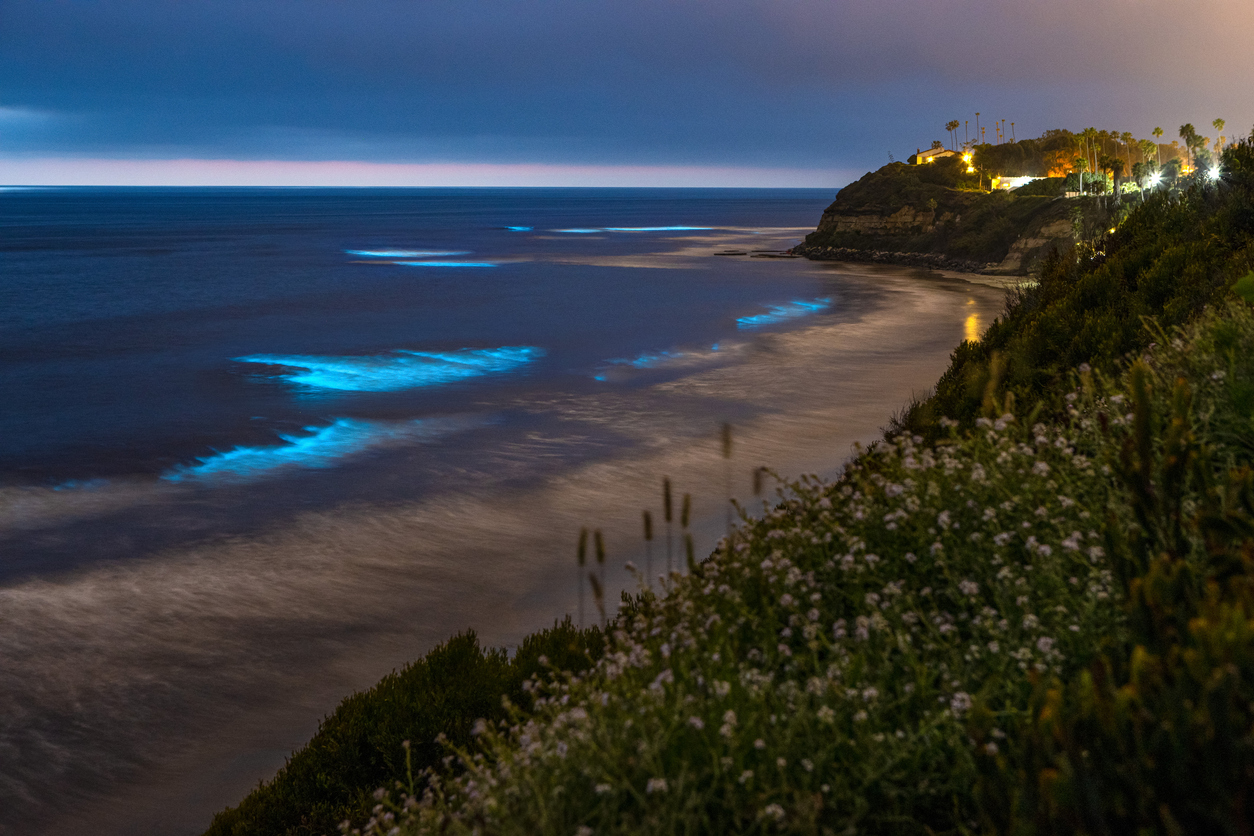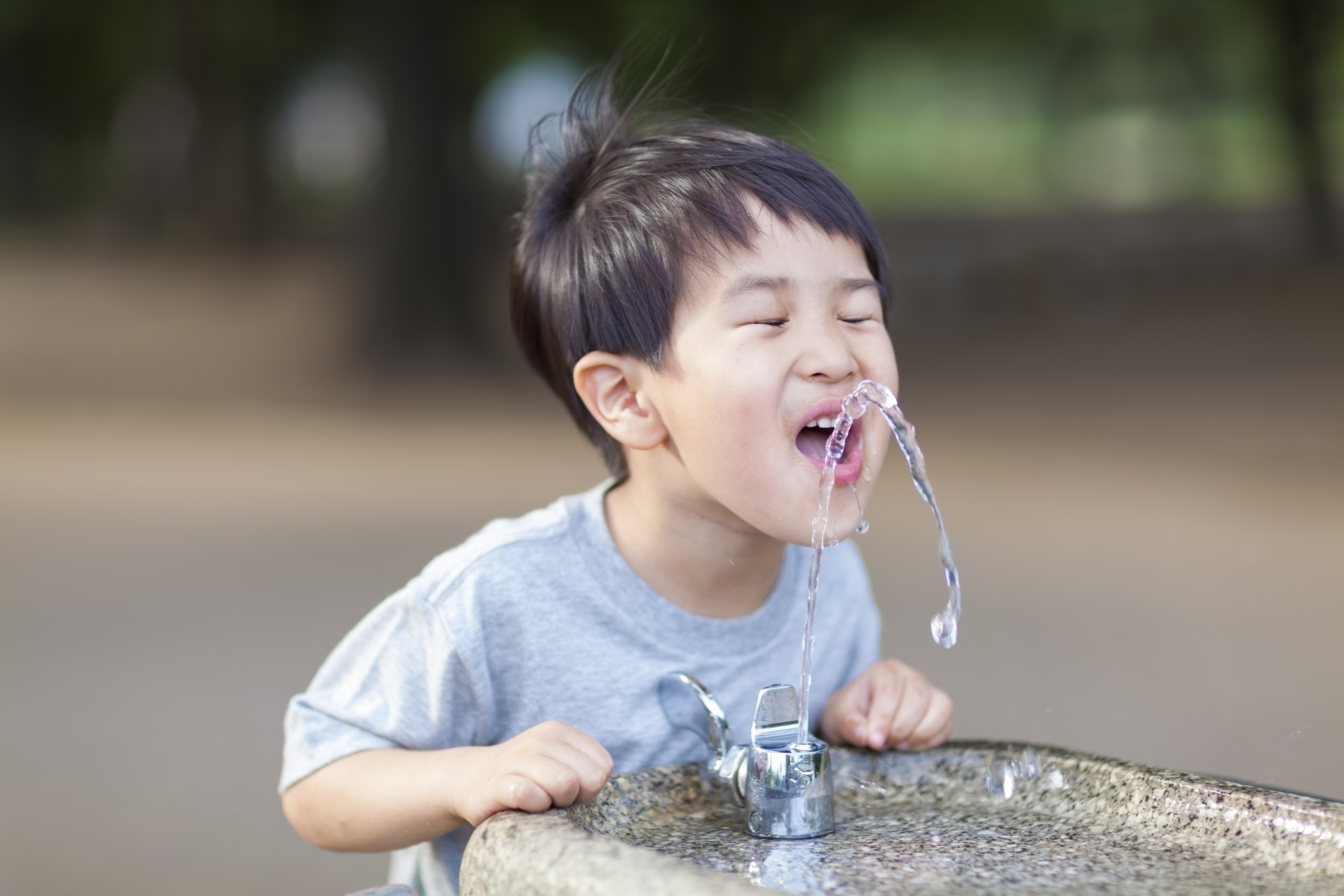
Harmful Algal Blooms (HABs)
An algal bloom is a rapid growth of algae and/or cyanobacteria in water. Toxins produced by algae or cyanobacteria can be harmful to humans, domestic animals, or wildlife. Non-toxic algal blooms are not associated with biotoxins but can negatively impact aquatic ecosystems by crowding out other species, depleting dissolved oxygen, or disrupting other ecological processes. Humans and animals exposed to HABs via water contact may experience irritation of the eyes, skin, or respiratory system, even when toxins are not present.
Currently, OEHHA’s work on marine and freshwater HABs focuses on various routes of exposure such as inhalation, ingestion, skin contact during swimming or other water-based recreational activities or eating contaminated seafood or drinking water. OEHHA, in collaboration with its partners, assesses and tracks HAB impacts on the health and well-being of humans, domestic animals, fish and invertebrates, and wildlife.
Marine HABs
Marine HABs commonly consist of an overgrowth of certain types of algae (diatoms or dinoflagellates) that may produce biotoxins.



Marine HABs and Climate Change
Freshwater and Estuarine HABs
HABs commonly found in California freshwater and estuarine environments are photosynthetic bacteria (cyanobacteria; also known as blue-green algae) that can produce cyanotoxins.

Freshwater HABs and Human and Animal Health

Freshwater HABs (Cyanobacteria/ Cyanotoxins) in Recreational Waters

Technical Resources on Cyanotoxins in Drinking Water
OEHHA Acute and Short term Notification Level Recommendations for:
